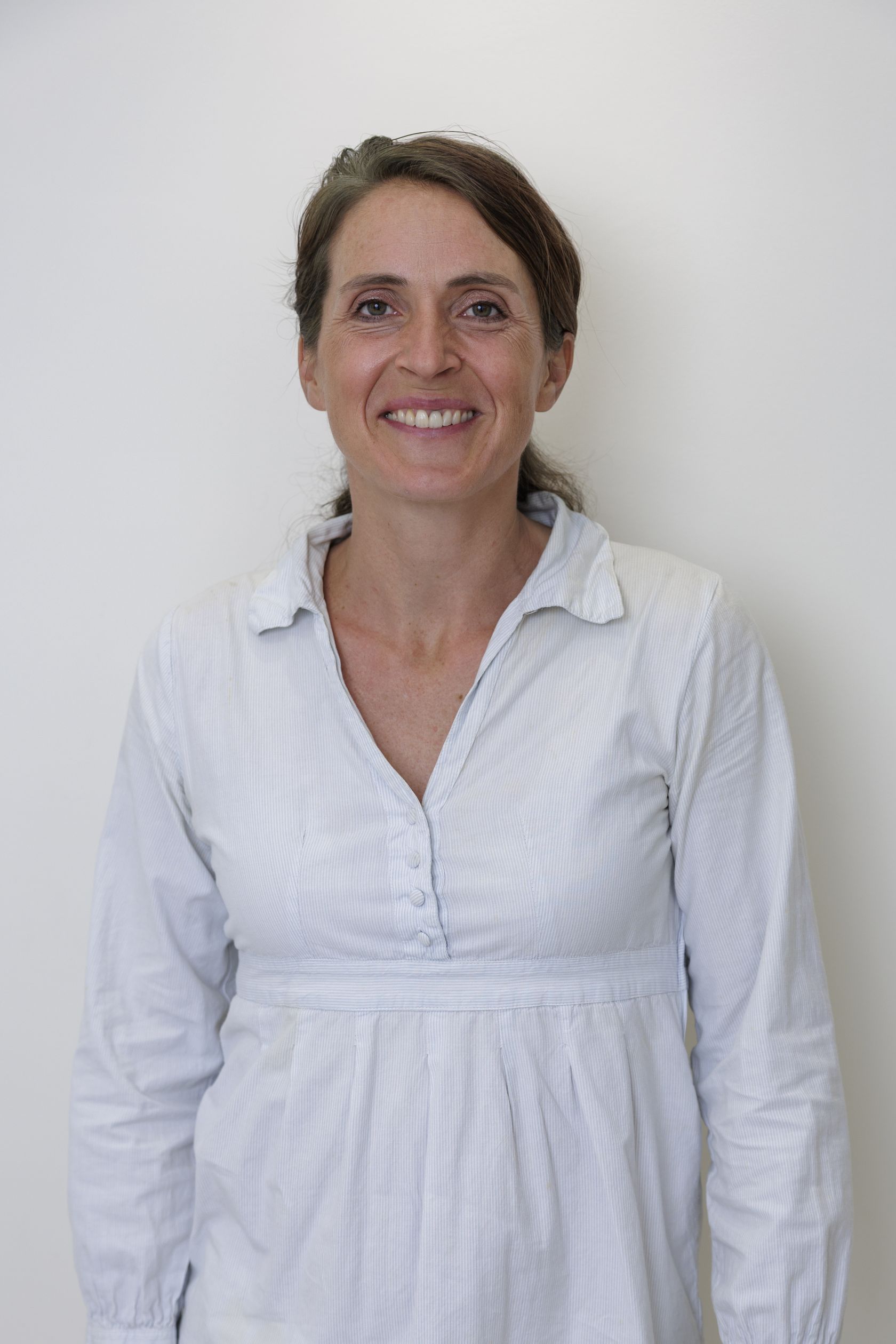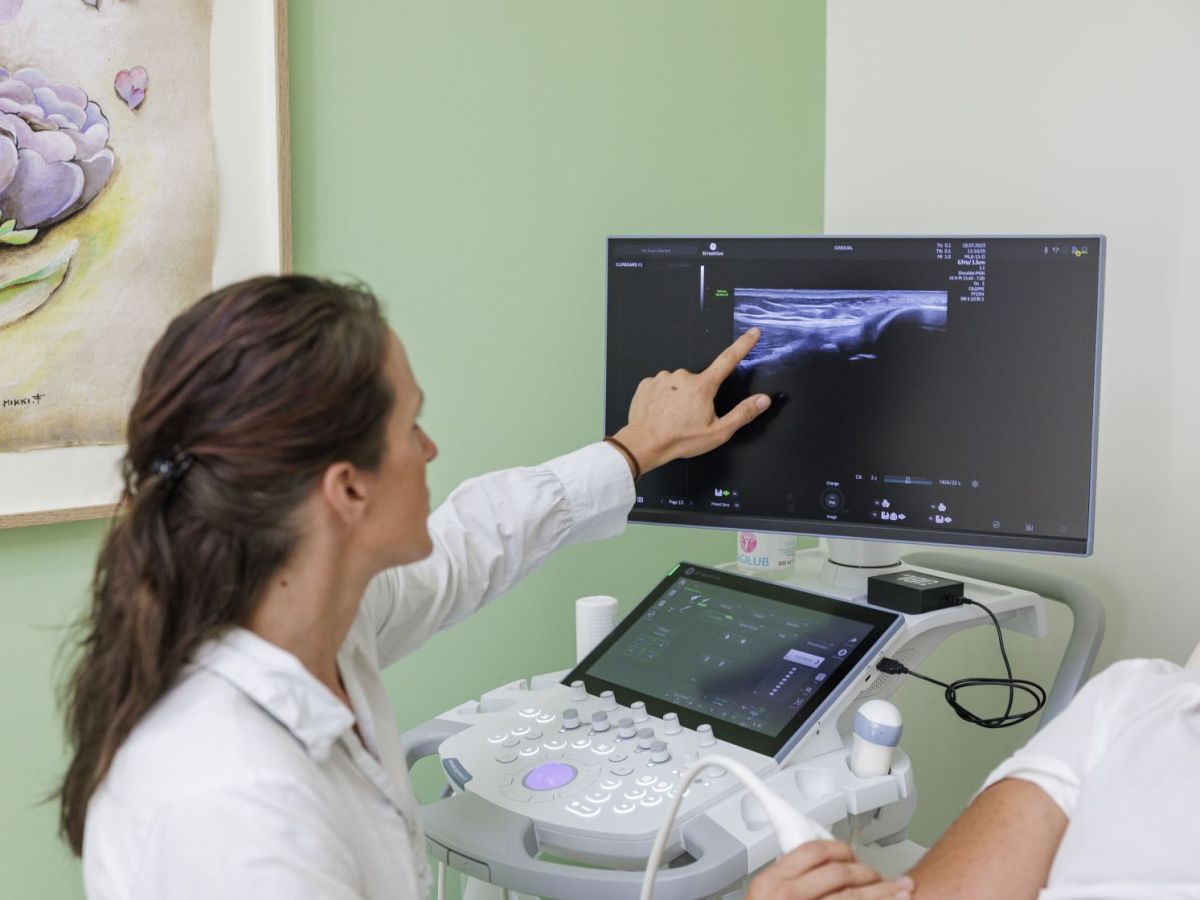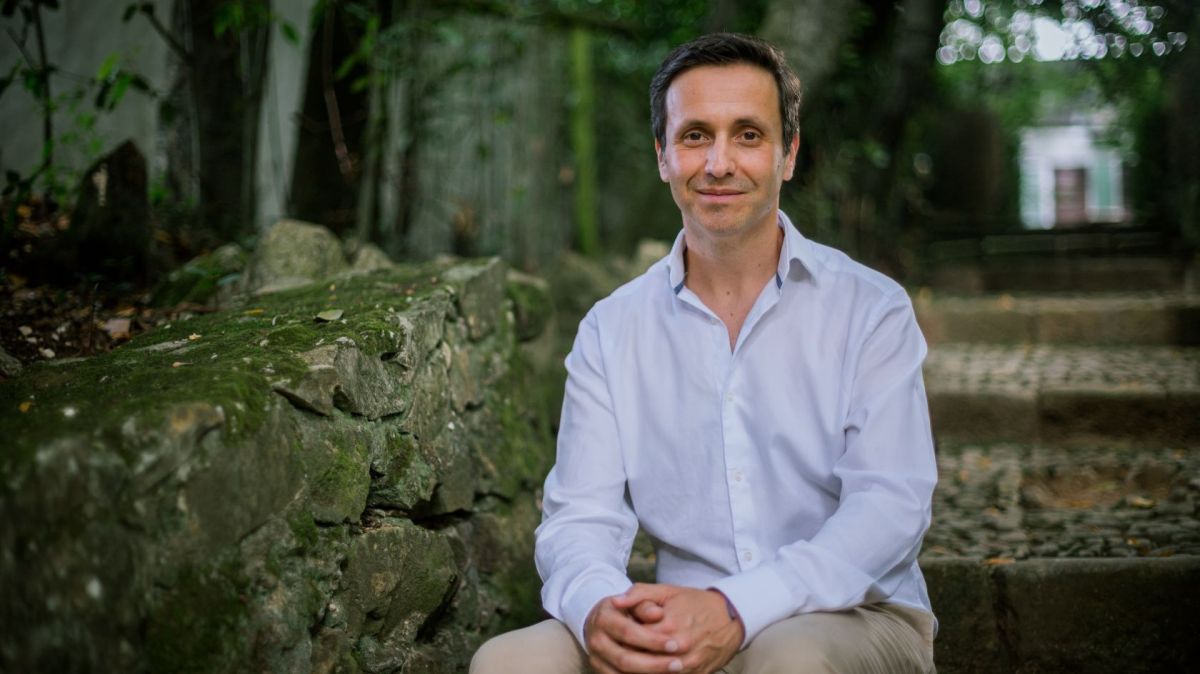One of the most promising is platelet-rich plasma (PRP) therapy, which has gained international attention for treating joint and tendon problems.
PRP in Orthopaedic Care
Osteoarthritis: PRP injections can reduce pain and improve function by reducing inflammation. Many patients notice improvements after two to three sessions.
Tendon injuries: Chronic tendon problems such as tennis elbow, Achilles tendinitis, or rotator cuff injuries heal slowly due to poor blood supply. PRP stimulates regeneration in these areas.
Ligament injuries: In partial ligament tears, PRP may promote healing.
Sports injuries: Professional athletes use PRP to shorten recovery and return to competition faster.
Although not a cure-all, PRP often provides longer-lasting relief than corticosteroidinjections, which can reduce pain temporarily but may weaken tissues over time.
PRP and Hyaluronic Acid (HA) in Osteoarthritis
Further potential lies in combining PRP with hyaluronic acid (HA), a natural substance that maintains joint lubrication. In orthopaedics, HA is used as a “viscosupplement” to restore
smooth joint movement, particularly in osteoarthritis.
On its own, HA reduces pain and improves mobility. Combined with PRP, results may be more promising: PRP offers biological stimulation, while HA provides mechanical support.

PRP reduces inflammation, while HA cushions impact, reduces friction, and supports hydration.
Treatment usually requires 2–5 injections over several weeks. Since PRP comes from the patient’s blood, the risk of allergic reaction is minimal. Side effects are generally limited to temporary soreness or swelling at the injection site.
The choice between PRP alone, HA alone, or a combination depends on several factors: age, joint degeneration, inflammation, activity level, and treatment goals. Younger patients with early osteoarthritis often respond well to PRP alone, while those with advanced degeneration may benefit more from the cushioning effect of HA.
In conclusion
PRP and HA are not substitutes for surgery in severe cases, but they are increasingly valued for offering pain relief and delaying invasive procedures. For many patients, they represent a way to postpone joint replacement and maintain an active lifestyle.
For more information, please contact Clínica Medin Lagoa at (+351) 282 039 033.











